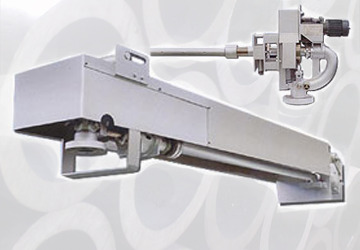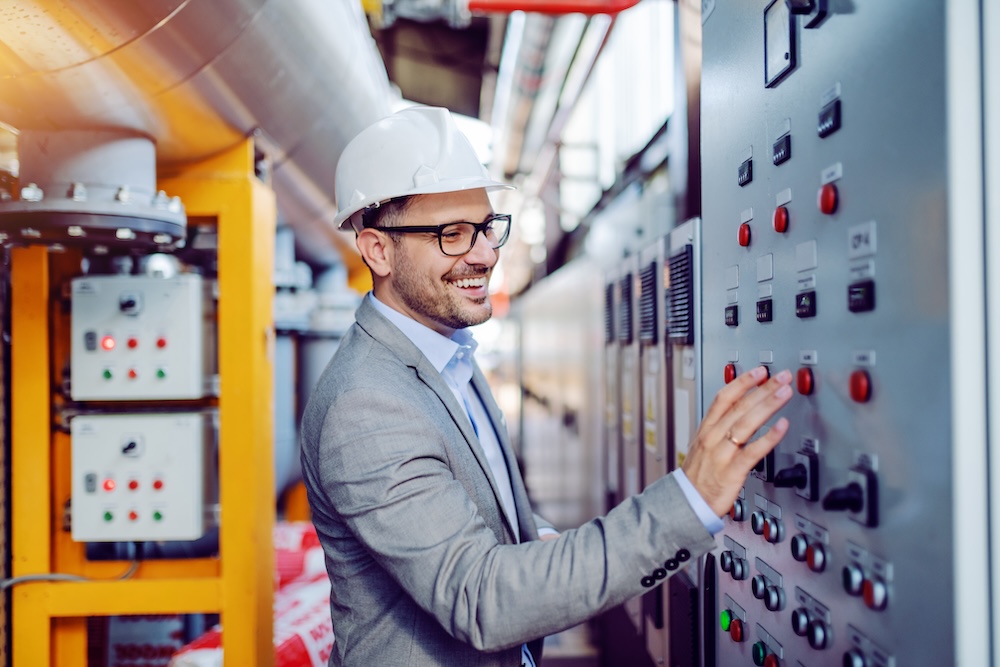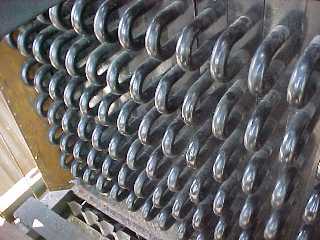
The Ultimate Guide to Sootblower Replacement Parts
Sootblowers are essential components of industrial boilers. Just like the name implies, they can remove soot and ash buildup from a boiler’s heat exchange surfaces.
Home » What Are the Applications of Turbines in Different Industries?
Turbines play an integral role in powering machinery. These devices harness rotational — or kinetic — energy from sources like gas, fluids, or steam. A turbine’s rotational design extracts energy from the source and converts it into power that can then be applied to a wide range of industries.
Read on to learn how turbines are used in various industries and which type of turbine may work best for you.
There are several types of turbines to choose from. However, a turbine’s extraction method and design will influence which turbine type is best-suited to your specific needs.
These devices are typically divided into different types based on the following factors:
Choosing the right turbine is essential for overall machine functionality and operational efficiency. The correct choice can also improve operating costs and profitability, but how do you know which one is right for you?
Skilled engineers can help you choose the best turbines for your machines. These individuals understand the intricacies of various machines and industry-specific considerations that can influence your turbine choice. They will likely help you choose one of the three main types of turbines:
Let’s dive into how each type of turbine is used and which industries and applications these turbines are best suited for.
This type of turbine pulls thermal energy from steam and converts it into mechanical output. This turbine type uses steam to propel blades and generate kinetic energy. Steam turbines are typically made up of rotors, blades, inlets, and outlets.
The design of the blades controls the speed, direction, and pressure of steam as it passes through the turbine. As a result, these turbines increase efficiency because they help convert gas into energy that can be used to generate electricity. That is why they’re a popular choice for powering generators to produce electricity.
Steam turbines are designed to operate at higher speeds than their water or wind counterparts. In addition, their compact design makes them an appealing choice for smaller spaces. However, a thermal energy source is required for steam turbines to work due to the nature of steam generation.
Steam turbines are most commonly used to generate electricity at power plants — such as those in the biomass industry. This type of turbine usually collects steam from boilers and optimizes the steam supply to power generators. Here are some common industries that use steam boilers:
Back pressure turbines optimize steam exhaust. When steam enters the turbine, it expands, and part of the thermal energy is converted into mechanical output. This energy is then used to power equipment, such as pumps, fans, and compressors. These turbines exhaust steam at or above atmospheric pressure.
There are many potential benefits of back pressure turbines, including:
Back pressure turbines can be found in a variety of industries. They are commonly used to support operations in the following areas:
Gas turbines are typically used to power equipment, such as aircraft, ships, and trains. However, they can also play an integral role in powering compressors and tanks. Gas turbines work by heating a mix of fuel and air to propel the blades and power generators.
This turbine type offers several potential benefits:
Gas turbines are used in several industries to power equipment. Some applications of gas turbines include:
We understand the intricacies of industrial boilers and the important role turbines play in operational efficiency. IBA is a leading boiler manufacturer with 20+ years of experience. Our team can develop tailored solutions for your turbine needs. Let us help you determine the right boiler configurations for you. Contact our team today.
At Industrial Boilers America, we lead in providing the development, licensing, and deployment of Industrial Power plants. We partner with other leaders of communities and governments to foster long-term relationships that create sustainable energy, jobs, and social responsibility. Our philosophy that sustainability should be rooted in the betterment of the ecosystem rather than profit allows us to provide services that will enable our partners to reinvest in themselves, resulting in a sustainable community.

Sootblowers are essential components of industrial boilers. Just like the name implies, they can remove soot and ash buildup from a boiler’s heat exchange surfaces.

Boilers provide essential heating and steam generation for industries ranging from power production to manufacturing. To ensure safety, efficiency, and functionality, rely heavily on sophisticated

Industrial boilers are essential for keeping the world moving. Understanding the critical industrial boiler parts ensures efficient operation, safety, and longevity of equipment. Main Industrial